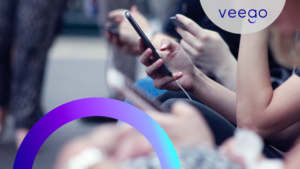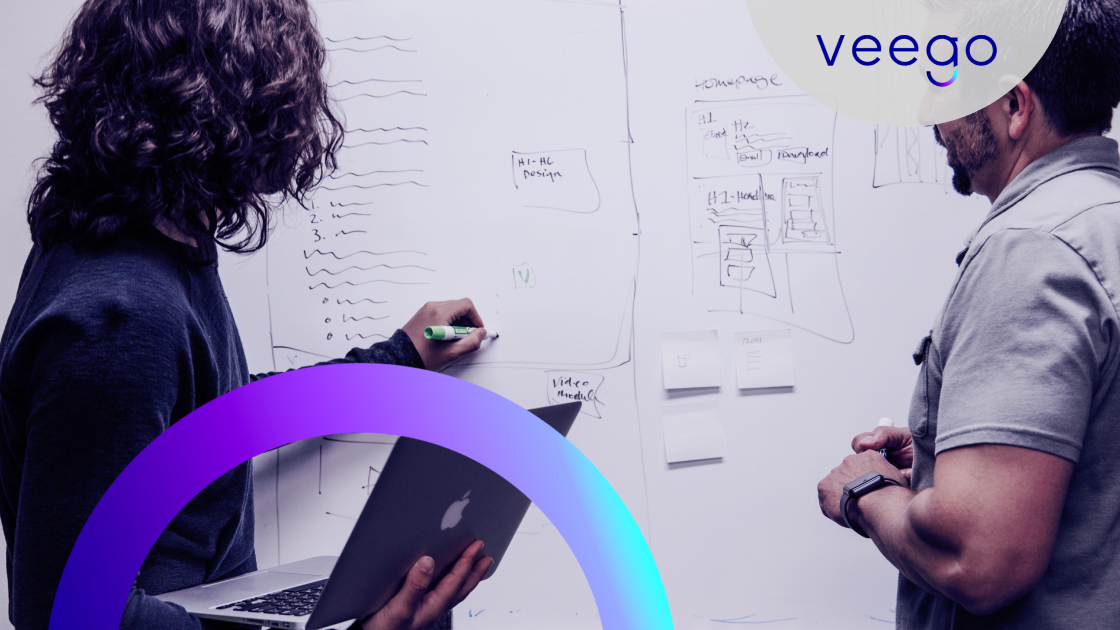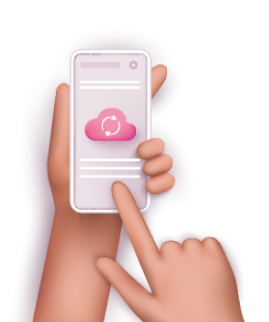

By the Time You Hear From Your Subscribers, it’s Already Too Late
Most people don’t have positive associations around customer support. After all, as an internet subscriber, if you need to call technical support, it means something has gone wrong. You’ve likely already tried turning the router on and off again, you’ve already attempted waiting for the issue to resolve itself, and you might even have spent some time Googling your way to an answer yourself.
That’s because 28% of people would rather go to the dentist than call customer support.
But, why? What is wrong with customer care?
Stop adding engagement channels, the problem is the care itself
From phone calls and chatbots, to live chat with human reps and WhatsApp for business, customer support is a broken concept. While many businesses continue to add engagement channels, hoping that they can find a better way for customers to reach out, they may be missing the point.
The problem isn’t the way that subscribers reach out to customer care, it runs much deeper than that. Customers don’t want to sit on hold, they don’t want to have an often frustrating conversation with a chatbot, and they don’t have faith that technical support reps can fix their problems. As a result, 65% of people believe it isn’t worth the time and effort it takes to get an issue resolved, and so they will often not reach out at all.
These are the subscribers that lead to silent churn. The commonly-cited metric is that for every customer complaint you receive, there are 26 others who remain silent. These are the subscribers who quietly disappear, who fail to renew, and who leave without providing feedback on what went wrong.
As you invest in expensive customer care departments, advanced technologies and new channels for communication, remember this. Your customers are angry before they ever speak to your tier-1 support. They don’t want to be getting in touch in the first place, they just want the problem not to exist.
ISPs, your subscribers are silently suffering, and the ones who you’re speaking with are the tip of the iceberg.
Moving from reactive to proactive care
Instead of adding bells and whistles to a reactive method of customer care, it’s time for the industry to shift to proactive support. This means that as the ISP, you take control over ensuring best-in-class quality of experience ahead of time.
In the best version of proactive care, as problems happen (and they always do), you have the insight and visibility to identify the root cause, and catch them as they occur, often fixing them before the customer is even aware of an issue.
For those customers who choose not to reach out, proactive care gives the ISP the ability to find and diagnose a problem, and then get in touch to let the subscriber know that it can be resolved. This offers a real “wow” moment between service provider and subscriber, where the customer can see that their provider is two steps ahead.
Of course, visibility and context are critical here, because an ISP would only want to reach out if a problem is relevant for the end user. If not, they can fix it behind the scenes where possible, or move on to more impactful interactions.
Introducing: Veego Engage
Veego Engage is a complete solution that provides the data and the over time analysis for proactive outreach. It can identify a wide range of issues from broadly suffering homes, to specific network downtime.
The platform uses dynamic contextual intelligence to monitor all online behavior, usage, trends and performance. This intelligence is used to create a metric that measures each subscribers’ subjective experience, providing a Quality of Experience score (QoE), by considering every application or servers’ ideal connectivity requirements. Together with Veego’s advanced, pattern based App ID technology, which identifies all consumed services and apps, this allows the platform to assign a quality score to every session, in the context of the connected home.
As the subscriber’s QoE is deeply contextual, it can be used, with the help of Veego Engage, to segment subscribers into different categories, all the better to help them according to their needs.
Some use cases include:
- By usage: Dynamically segment customers into streamers, gamers, web conferencing users and more. This ensures you resolve truly meaningful issues for the right users as they occur.
- By demographic data: Sort your data flows into specific age groups, locations, or kinds of users – for example new subscribers, or those who have engaged in a high level of support interactions in the past.
- By likelihood of churn: Identify homes that are seen to be “silent sufferers”, those which are experiencing continually low Quality of Experience scores, and yet where subscribers are not reaching out to support.
Bringing proactive care home (literally)
Communication Service Providers (CSPs) can use Veego Engage to understand exactly how users engage with their services, not just on a macro scale, but individually in the context of each connected home. They can find and fix widespread service delivery flaws ahead of time, monitor onboarding processes for new subscribers, and shine a light on silent sufferers who may be at a higher risk of churn.
With this information to hand, technical support reps are no longer left playing catch up on a call from a frustrated subscriber. Instead, they are armed with the information to act proactively.
In some cases this may look like solving a problem entirely independently before a customer ever needs to look up your support channels, and in others, it will involve reaching out with the information to hand to support a specific user or segment.
If Facebook suffers a widespread outage, support reps can email ahead of time and let all affected homes know about the issue. If a device is connected to the wrong band and it’s negatively impacting bandwidth, a call could walk the subscriber through switching to a 5GHz band. A self-care app like Veego Active could share information on upsell opportunities, encouraging customers to implement best-practices through self-care, such as buying a WiFi extender to improve the signal for a smart TV.
YHIHF: Proactive care is going to change the way subscribers feel about their ISPs
Can you see it happening? All of a sudden, ISPs and CSPs have become a trusted advisor, rather than the person customers have to talk to when something goes wrong.
While customer experience is King, it’s also vital to consider the organizational benefits of an automated platform for subscriber experience. Investing in a solution like Veego Engage starts by reducing churn, touching those who traditionally call support, and also those who sit and seethe quietly at home (researching the competition). But, it doesn’t stop there.
With less reliance on customer care centers, Operational Expenditure is heavily reduced, as well as support costs for onboarding, troubleshooting, root cause analysis and customer success.
That means your board is going to love you just as much as your subscribers do.
Ready to see how it works in practice? Schedule a demo of the Veego platform here.





